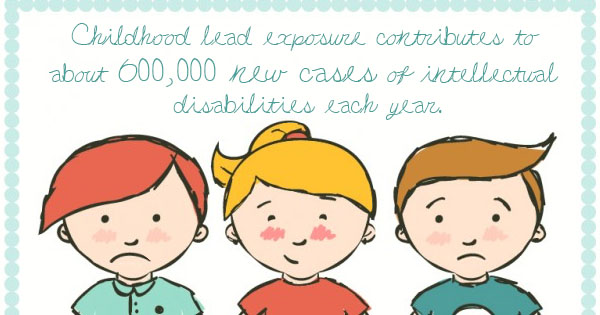Did you know that three-quarters of the housing in the United States contains lead paint? In fact, according to the Department of Housing and Urban Development, 90% of pre-1940 buildings, 80% of pre-1960 buildings, and 62% of pre-1978 buildings contain some level of lead. In recent years, the government has worked to reduce the amount of lead in paint by limiting the amount that can be found in domestically produced paints. However, older homes still contain a significant amount of the poisonous substance.
You may have heard of EPA lead paint certification. But what kinds of people or organizations need to get EPA lead certified? Below are some answers to frequently asked questions about lead safety certification.
What kinds of businesses/individuals need certified lead renovator training?
Any organization that is paid to perform work that disturbs lead paint or does lead dust sampling in residential or child-occupied facilities must be certified through EPA lead certification courses. Individuals who need training include property managers, maintenance staff, renovators, contractors, painters, plumbers, carpenters, and electricians. All entities performing these duties must be able to prove that all people working on behalf of the firm are properly trained and certified.
How do I become EPA lead certified?
To certify your firm, you must submit an application along with the required fees. Your application will be either approved or denied within 90 days of your application submission.
How do I maintain certification?
You must complete and submit the “Application for Firms” and pay the required re-certification fee. Re-certification must be completed at least 90 days before your current certification expires.
The truth is, lead exposure is a serious threat, particularly to children. In fact, childhood lead exposure contributes to about 600,000 new cases of intellectual disabilities each year, and victims of lead poisoning are up to seven times more likely to drop out of school and six times more likely to become involved in the juvenile justice system. Children under the age of six are at the highest risk for lead poisoning because they tend to use their hands to touch many objects, which may be contaminated with lead dust, and then put their hands in their mouths. That is why lead certification and inspection is so important.


